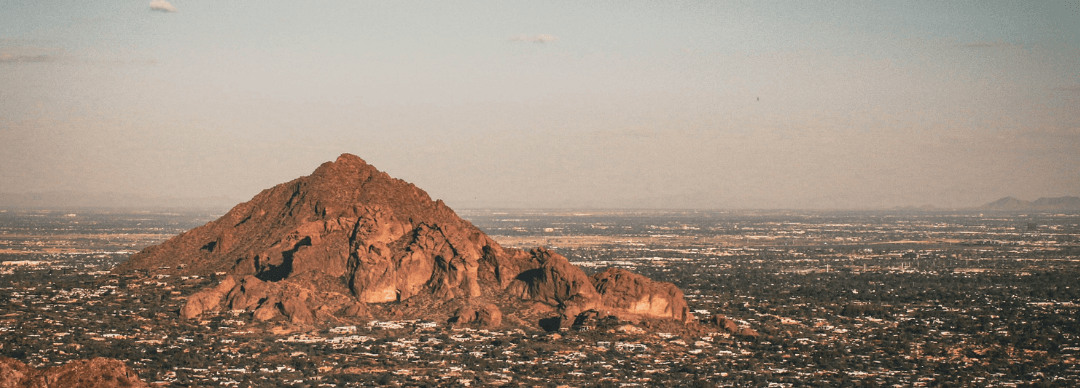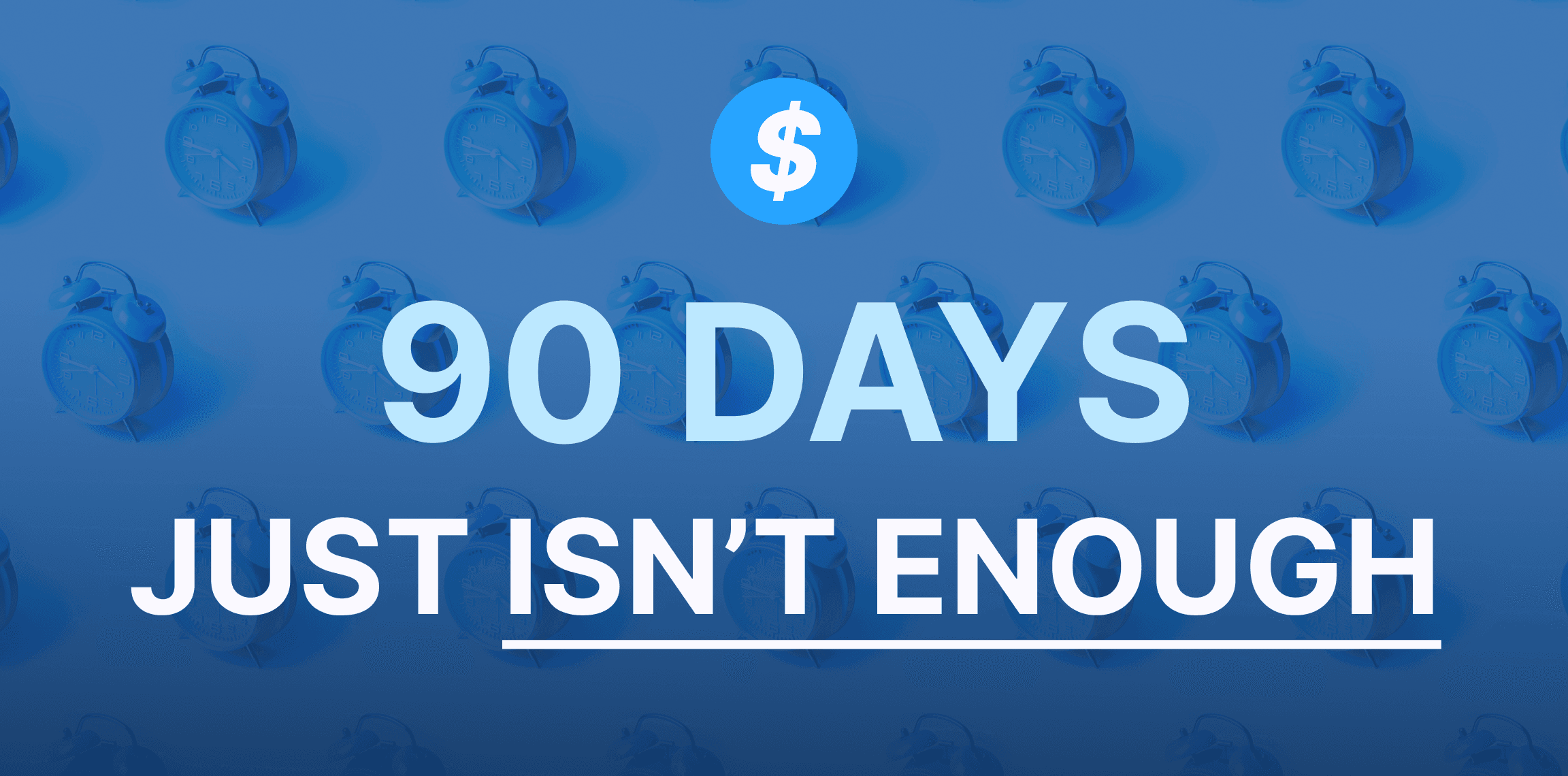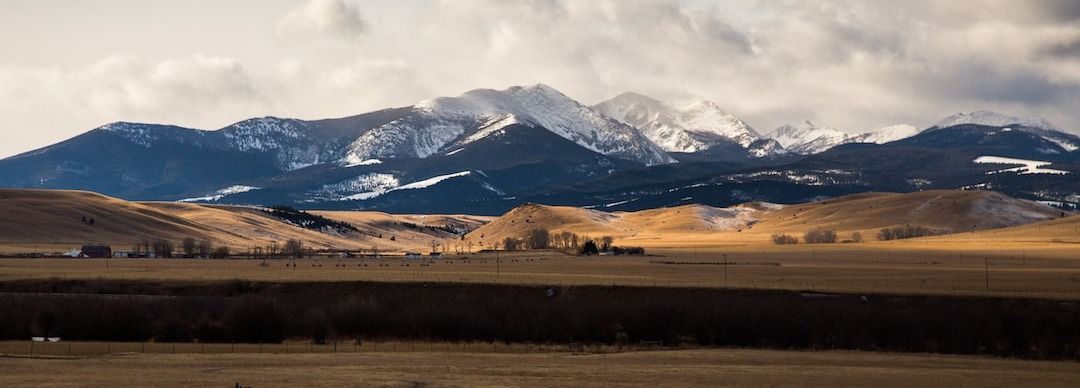Think you can complete your BEAD application in 90 days? Think again.
January 18, 2024
If you're waiting for your state's application, you'll be too late.

If the past couple of years of pandemic aid have shown us anything, it’s that the process of channeling help to communities that need it the most is complex. Just because Congress appropriated money doesn’t mean that targeted communities will receive it: Communities have to discover a benefit. Then its members have to figure out if they’re eligible, and how they can access it.
Oftentimes, these communities don’t trust the offers of help because the means by which the benefit is being distributed is hijacked by unethical actors (as described recently in this Institute for Local Self Reliance podcast interview with Margaret Kaufer, President of the STEM Alliance of Westchester, New York.)
That’s why a pilot campaign undertaken last Fall in Phoenix, Arizona by Common Sense Media to bolster adoption of the Biden Administration’s Affordable Connectivity Program is so worthy of attention. The program boosted ACP enrollment to 8,500 households a month at its peak, up from 2,900 households in August 2022. That 8,500 number is the highest number of eligible households enrolled in the program since its inception in March last year, according to Common Sense Media.
The campaign is notable because studies have shown that only 1 in 4 eligible households have enrolled in the ACP since it launched in 2021. And a January, 2023 survey conducted on behalf of he Benton Institute for Broadband & Society revealed that half of eligible households still aren't aware of the benefit. Currently, 16 million households have enrolled in the program, but an estimated 52 million are eligible. The Federal Communications Commission administers the program, and in March 2023, it allocated $66 million to dozens of local non-profits across the country to also boost awareness and adoption.
The ACP is a key part of the Biden Administration’s signature program to bring affordable internet access and economic opportunity to all households in the country. The program provides a monthly subsidy of up to $30 a month for broadband subscriptions to households with incomes at or below 200% of the federal poverty level, or that participate in a qualifying federal benefits program. Eligible households also can receive a one-time discount up to $100 toward a device from certain providers after contributing between $10 and $50.
Ready offers Turnkey ACP, a product that enables providers the ability to seamlessly offer eligible households ACP discounts to new subscribers when these prospective subscribers sign up for service.
The Infrastructure Investment and Jobs Act appropriated $14.2 billion to fund the ACP program. At the same time, some predict that the program may run out of money by 2024 if Congress and the Administration doesn’t renew the funding stream. Advocates want to make sure that the households that need the subsidy to participate in the modern economy get access to it as soon as possible. According to a 2021 study from the American Economic Journal, subsidized broadband for low-income Americans have helped them gain employment and decreased their likelihood of being unemployed.
Common Sense’ pilot campaign leveraged the deep bench of human resources of an existing institution, a highly-targeted media campaign, and partnerships with state and local government leaders to gain trust and get the word out.
“Our main criteria was finding an area where we could have a partner that had the capacity to do a call center or text-based navigator support program,” said Drew Garner, Common Sense Media’s state broadband policy advisor.
The nonprofit found that partner in the Digital Equity Institute, an Arizona-based nonprofit, and Arizona State University, which had recently received $35 million in American Rescue Plan Act funding for digital equity work. The university partnered with Common Sense Media to direct all the ACP signup inquiries generated by its targeted advertising campaign to its 150 university tech support staff, who adopted the additional role of being digital navigators for the ACP. The navigators’ job was to help callers obtain the credentials needed to obtain the monthly subsidy, but also to help them understand their complex menu of options.
Garner worked with Common Sense’ Senior Director of Advocacy Campaigns Elizabeth Foley, Arizona Director Ilana Lowery, and the Digital Equity Institute’s Managing Director Erin Carr-Jordan to implement the pilot project.
“Not only do we help them with getting the benefit through the national verifier,” Garner explained. “We can also answer questions about internet service. Like what do ‘speeds’ mean? What sort of speeds do you need for the size of your family? Do you want a mobile, or do you want a fixed line?”
Garner says the duration of the calls spanned from 5 minutes to 2 hours. But the average was 12 minutes.
Arizona State University’s digital navigators are available 24/7 and speak multiple languages. They are led and trained by Alexa Tarvid, an experienced digital navigator formerly with the state library system.. In addition to their training, the University’s navigators also have access to internal articles that pop up on their computers with Frequently-Asked-Questions about the ACP.
“To get the benefit to the people who need it, you need navigators – specialists who can help a person enroll, and then apply the benefit because the target population may not have internet connectivity, and they may not have a device,” Garner says. “They almost certainly don't have a lot of familiarity with computers and how to navigate these forms. So paying for the human capacity to work with people on a one-on-one basis over the phone or in person is critical. And if you do that, you start bringing money into the state, because the more people you enroll, the more ACP money your state is going to get.”
Common Sense Media spent $300,000 on a bilingual advertising campaign to publicize the availability of the ACP. The campaign reached targeted audiences in South Phoenix online, at bus shelters, on billboards, on TV, and on the radio. Each form of media relied on a unique phone number so that Common Sense could track which medium generated the best response.
“The key really was frequency,” says Common Sense’ Elizabeth Foley. “The ideal was for an individual to see a TV ad, and then the next day when they're maybe on their commute, or you know out of their house seeing the outdoor ads.”
The idea was that multiple forms of exposure would nudge the eligible residents of South Phoenix to take action and call to sign themselves up for the benefit.
Common Sense’ ads featured its Get My Internet ACP website, and an 800 number. The campaign drew the attention of local media and generated stories in the Arizona Republic and the local public radio affiliate.
Common Sense and the Digital Equity Institute also worked with the state broadband office and local officials to get the word out. Phoenix Mayor Kate Gallego filmed a PSA for the campaign, and the video was promoted through Common Sense and the city’s social media channels. All this resulted in 1600 calls to Arizona State University’s call center in 12 weeks. Callers received information about how to sign up for ACP, what internet subscription plans might work for them, as well as material from Common Sense’ education arm about how families can navigate the internet safely, find jobs and make health appointments.
Garner also recommends that state offices that administer federal benefits such as Medicaid and SNAP may want to inform beneficiaries about ACP so that they can connect with the beneficiaries and administer the programs more efficiently through online portals.
Common Sense’ ad campaign has ended, but the call center resources are still available to the public. The Digital Equity Institute and University plan to build on these resources as Arizona rolls out its IIJA Broadband, Equity, Access and Deployment (BEAD) and digital equity programs.
In the meantime, Common Sense is looking to expand, and partner with other state and local governments, nonprofits, or foundations to replicate a similar program in other areas of the country. It is currently exploring the idea of working with the city of Atlanta, Georgia.
Meanwhile, the White House held a webinar on Monday, March 13 that further highlighted the work of three other national non-profits’ ACP campaigns: Civic Nation, Education SuperHighway and the National Digital Inclusion Alliance.
The groups are launching an “Online for All” campaign aimed at helping more families enroll in the ACP with similar tools and strategies as described here in Common Sense Media’s campaign.

January 18, 2024
If you're waiting for your state's application, you'll be too late.

January 09, 2024
The big sky state joins a small list of eligible entities that have kicked off their broadband challenge process.